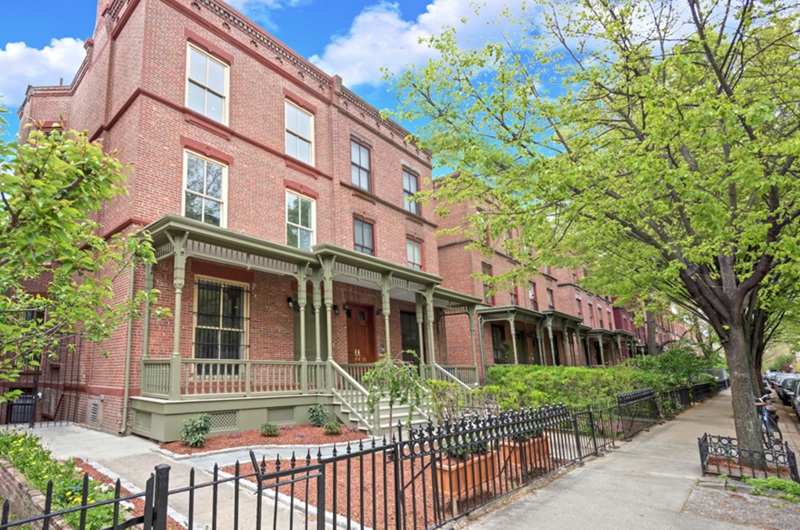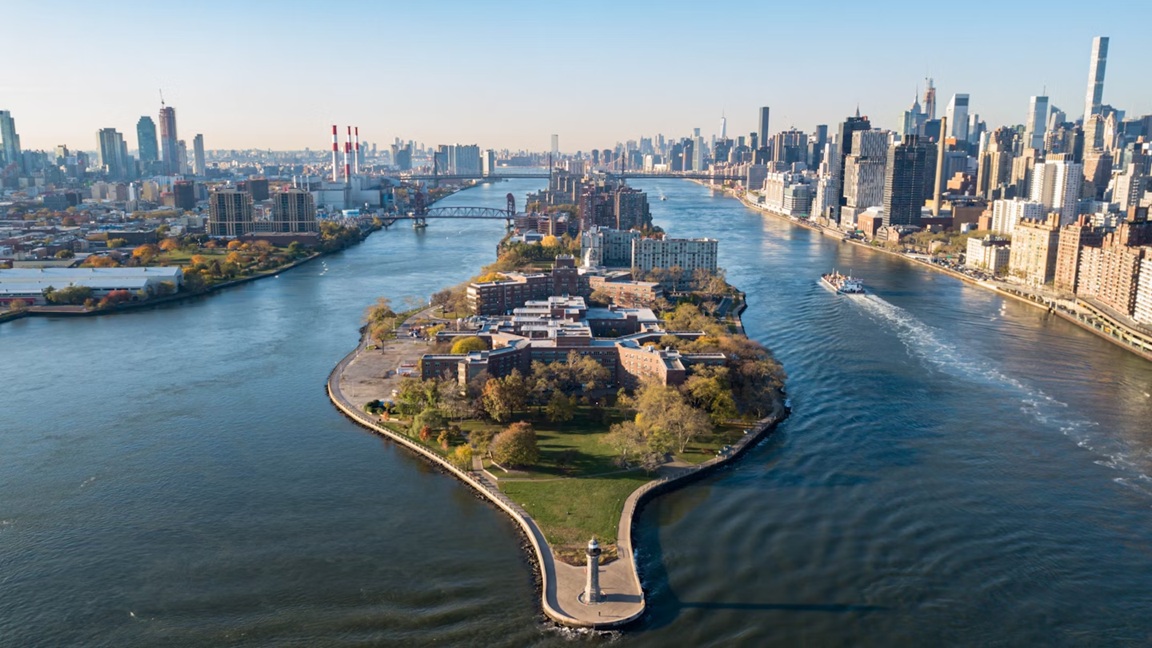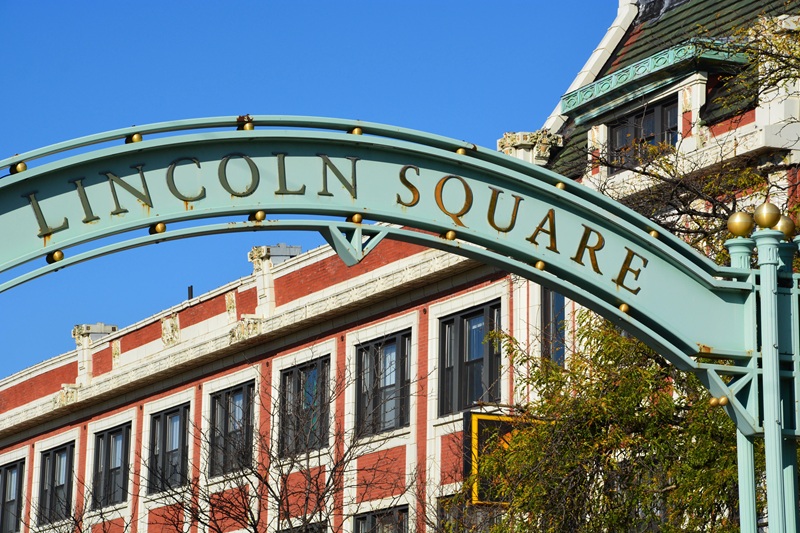
Nestled in the heart of Harlem, Manhattan, Astor Row is a unique and historically significant street that offers a glimpse into New York City’s past. Known for its stunning collection of 19th-century brownstones, Astor Row stands as a testament to the changing tides of the city’s architecture, culture, and social history. Here’s a closer look at this hidden gem, which is one of Harlem’s most iconic blocks.
1. The Origins of Astor Row
Astor Row is named after the influential Astor family, one of the wealthiest and most powerful families in 19th-century America. John Jacob Astor, the patriarch of the family, was a prominent businessman who made his fortune in real estate, particularly in Manhattan. In the mid-1800s, he invested in the development of the area now known as Astor Row, with the aim of creating an upscale residential enclave in the emerging neighborhood of Harlem.
The row consists of 28 attached brownstones, designed in the classical brownstone style that became synonymous with New York City’s architecture. The homes were constructed in the 1880s and 1890s, at a time when Harlem was still largely a residential area for the city’s elite. Astor Row became a symbol of wealth and status, with many of its early residents being prominent members of New York’s upper crust.
2. Architectural Beauty and Significance
The brownstones on Astor Row are some of the best-preserved examples of late-19th-century architecture in New York City. Designed in the Italianate and Neo-Grec styles, the buildings feature detailed facades, expansive windows, and grand entryways. The homes are also known for their classic brownstone facings—sandstone that was quarried locally and used extensively throughout Manhattan.
The street is lined with these historic row houses, each with its unique character and design details. The combination of stoops, arched windows, and ornamental cornices offers a glimpse into the grandeur of an earlier era. The block is often considered one of Harlem’s architectural treasures and is a key part of the neighborhood’s rich historical fabric.
3. Transition and Gentrification
Over time, Harlem underwent significant demographic changes. In the early 20th century, the area became a vibrant cultural hub for African Americans, especially during the Harlem Renaissance, a period of prolific artistic and intellectual output. However, during the mid-20th century, the neighborhood experienced economic decline, and many of the grand homes, including those on Astor Row, fell into disrepair.
In the 1980s and 1990s, the area began to gentrify, and Astor Row was not exempt from these changes. New waves of development and rising property values have made the area more attractive to buyers looking for historic homes with modern amenities. As a result, the neighborhood is undergoing a transformation, with rising prices, renovated brownstones, and an influx of young professionals.
While gentrification has revitalized the area in many ways, it has also raised concerns about displacement and the loss of the cultural identity that Harlem has long represented. Many longtime residents worry about being priced out as the area becomes increasingly desirable for newcomers.
4. Cultural and Community Significance
Despite these changes, Astor Row and Harlem as a whole continue to be a center of African American culture. The street itself may have started as an enclave for the city’s elite, but over the decades, it has become a symbol of resilience and adaptation. Today, Astor Row remains an important part of the Harlem community, where history, culture, and art converge.
Harlem’s impact on the arts, music, and literature cannot be overstated. The neighborhood has been home to legendary figures such as Langston Hughes, Zora Neale Hurston, and Duke Ellington, whose contributions continue to shape American culture. Astor Row, though primarily residential, stands as a reminder of the many transformations Harlem has undergone, both socially and economically.
5. Preservation Efforts
In recognition of its historical and architectural significance, Astor Row has been included in preservation efforts aimed at maintaining the integrity of Harlem’s landmarks. Several of the brownstones have been designated as protected landmarks, ensuring that their unique architectural features will be preserved for future generations.
Local community groups, preservationists, and city officials continue to advocate for the protection and restoration of Harlem’s historic buildings. These efforts are important in maintaining the unique character of neighborhoods like Astor Row, which represent both the history and the evolving identity of Harlem.
Astor Row is a remarkable slice of Manhattan’s history, a street where architectural beauty and cultural heritage intersect. From its origins as a wealthy enclave to its current role in Harlem’s ongoing transformation, Astor Row remains a significant and beloved part of New York City. As the neighborhood continues to evolve, this historic block stands as a symbol of Harlem’s enduring spirit, showcasing the complexities of gentrification, preservation, and cultural resilience.
Whether you’re an architecture enthusiast, a history buff, or simply a lover of New York City’s storied past, Astor Row offers a fascinating window into the city’s rich and ever-changing tapestry.

